
A recent UN report pointed toward only 2% fall in global emissions by 2030. This is because governments haven’t been proactive in cutting greenhouse gas emissions. It’s a worrying situation for everyone and something needs to be done fast.
To build a sustainable future, it is crucial to focus on enhancing maintenance strategies within the industrial sector. By embracing renewable energy sources and advocating for the adoption of green technologies, we can significantly reduce industrial carbon emissions. Moreover, the implementation of regular maintenance routines for machinery plays a vital role in achieving sustainability.
One particularly effective approach is predictive maintenance, which involves monitoring the health of machines and forecasting potential failures before they occur. This proactive strategy not only helps in minimizing downtime and maintenance costs but also contributes to the reduction of carbon emissions, thereby paving the way for a more sustainable and eco-friendly industrial landscape.
Here’s how we can build a sustainable future by replacing old maintenance strategies with new ones:
The Role of Predictive Maintenance in Building a Sustainable Future
- Shifting from Reactive to Predictive Maintenance: In the past, maintenance was typically performed reactively, meaning it only occurred after a machine had already broken down. However, the shift toward predictive maintenance marks a significant change in this approach. By utilizing sensor data to continuously monitor the health of equipment, predictive maintenance allows for the anticipation of failures before they happen. This proactive strategy not only diminishes the likelihood of unexpected repairs but also reduces energy waste and resource consumption, contributing to a more sustainable industrial practice.
- Extending Equipment Lifespan: One of the key benefits of predictive maintenance is its ability to identify potential issues at an early stage. By addressing these problems before they escalate into major damage, the lifespan of equipment can be significantly extended. This not only reduces the frequency of replacements but also lowers the manufacturing emissions associated with producing new machinery, further supporting sustainability goals.
- Resource Efficiency: Proper maintenance is essential for optimizing the performance of equipment. When machinery is well-maintained, it operates more efficiently, leading to better utilization of resources. For example, an engine that receives regular maintenance burns fuel more efficiently, resulting in lower greenhouse gas emissions. This improved resource efficiency is a crucial aspect of building a sustainable future, as it minimizes the environmental impact of industrial operations.
Key Technologies That Make Predictive Maintenance Crucial For a Sustainable Future
- Condition Monitoring: This technology involves embedding sensors in equipment to collect data on various parameters such as vibration, temperature, and humidity. Artesis condition monitoring technology offers advanced technology by measuring only current and voltage without the need for a sensor. In this way, failures in the monitored rotating equipment are detected at the initial stage and intervention is possible.
- Data Analytics: Advanced analytics software plays a crucial role in analyzing the vast amounts of data collected by sensors. By applying machine learning algorithms and statistical models, this software can predict potential failures, enabling businesses to schedule maintenance proactively rather than reactively.
- Internet of Things (IoT): IoT technology connects machines and equipment to the internet, facilitating remote monitoring and maintenance. This connectivity allows for more efficient allocation of resources, as technicians can be dispatched only when and where they are needed, reducing unnecessary travel and downtime.
In short, sustainable maintenance is a win-win situation for businesses and the environment. It’s a key approach to building a more sustainable future for all. By investing in advanced technologies and adopting proactive maintenance strategies, companies can not only reduce their environmental impact but also improve their bottom line.
For over two decades, Artesis has been at the forefront of delivering predictive maintenance solutions to various industries. Our commitment to fostering a sustainable future has led us to collaborate with sectors such as automotive, oil & gas, energy, water management, pharmaceuticals, food & beverages, iron and steel, logistics and transportation, and cement. With more than 25 years of research in predictive maintenance and over 15,000 pieces of equipment monitored, we are well-equipped to assist you in reaching your sustainability objectives. Contact us today to schedule a consultation or to learn more about our services.





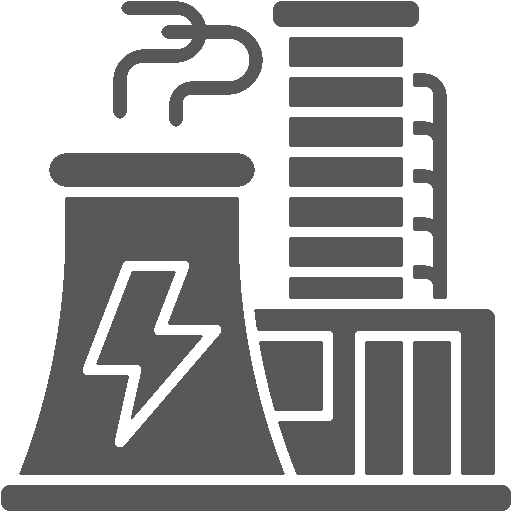
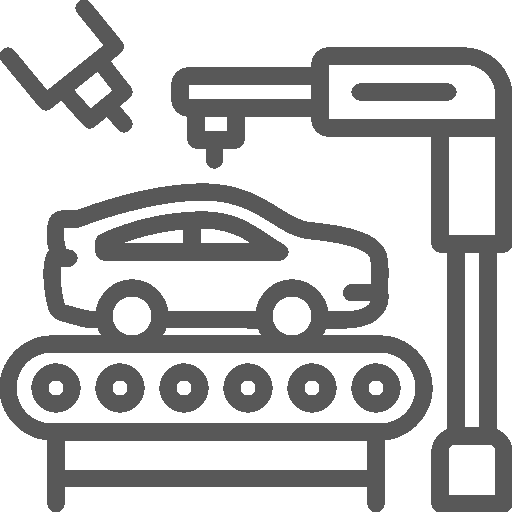
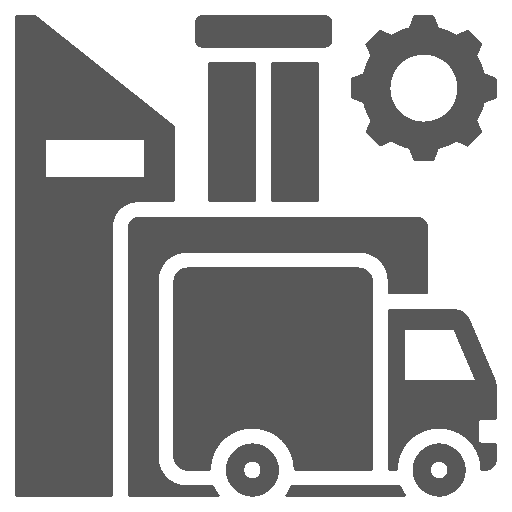


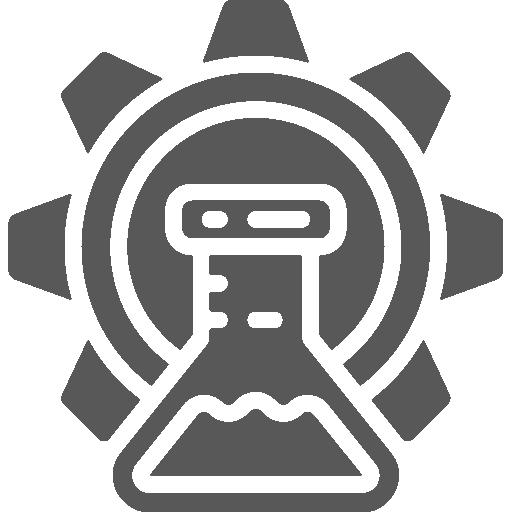
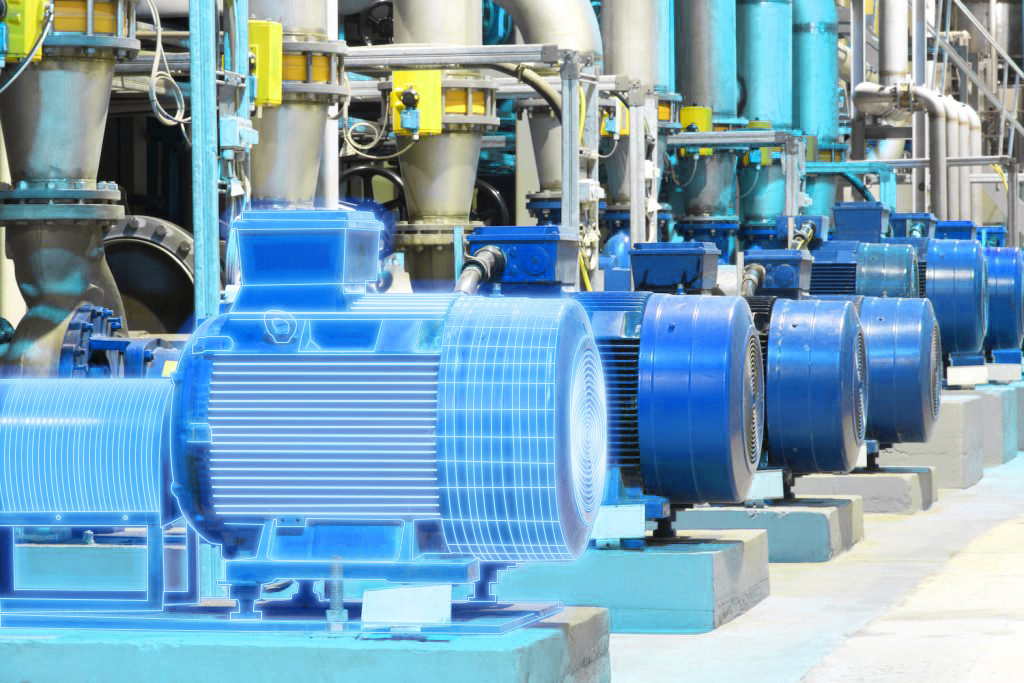
 White Papers
White Papers Case Study
Case Study Documents
Documents Webinars
Webinars Events
Events ROI Calculator
ROI Calculator FAQ
FAQ